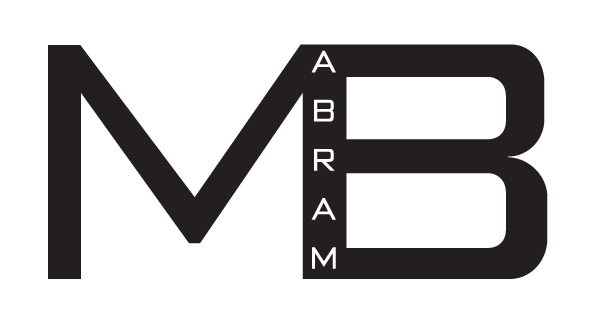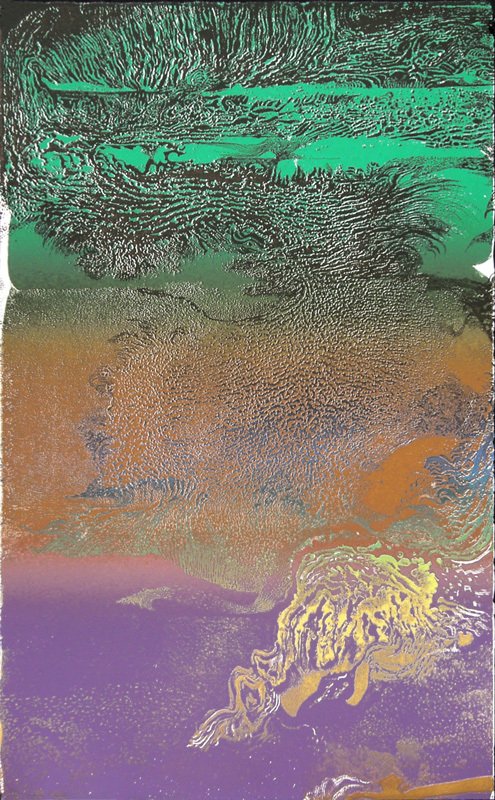Wave Nineteen Seventy
June Wayne
29 3/4 x 22 1/2 in. (75,6 x 57,2 cm)
Color lithograph printed by William Law III on Rives with the Tamarind watermark or Rives BFK.
Edition of 20, 1970.
SELECTED EXHIBITIONS
Pasadena Museum of California Art, 2014; Los Angeles Municipal Art Gallery,1973.
SELECTED COLLECTIONS
Bibliothèque Nationale de France, Birmingham Museum and Art Gallery, Brodsky Center, Grunwald Center, Syracuse University Art Collection.
COMMENTS
In the lithographs Wave Nineteen Seventy, and Shock Wave, Wayne treats in color, and then black and white, the passage of time, inextricably connected in her mind to the phenomena of earthquakes and tsunamis. Two years later the artist revisited this theme in her monumental tapestry Lame de Choc created under her personal supervision in the Atelier de Saint Cyr in France. Wayne observed about her tapestry: “It has three horizon lines, marking three different points in time, as well as in space.” (“June Wayne—The Art of Everything” by Robert P. Conway).
Curator Bernard Kester picked up on Wayne’s observations about time: “She chose tapestry because the element of time contained within the weaving process itself is cumulative, and remains implied in the result. The weaving of tapestry is intensive, rhythmical, and slow. In these characteristics, Wayne found a direct and appropriate way by which she could transmit to the viewer a sense of time passing that is internal to the process. She can lead the viewer beyond real time to read certain works at a quickened pace, or to perceive others in extended cosmic time.”(“June Wayne—The Art of Everything” by Robert P. Conway).


